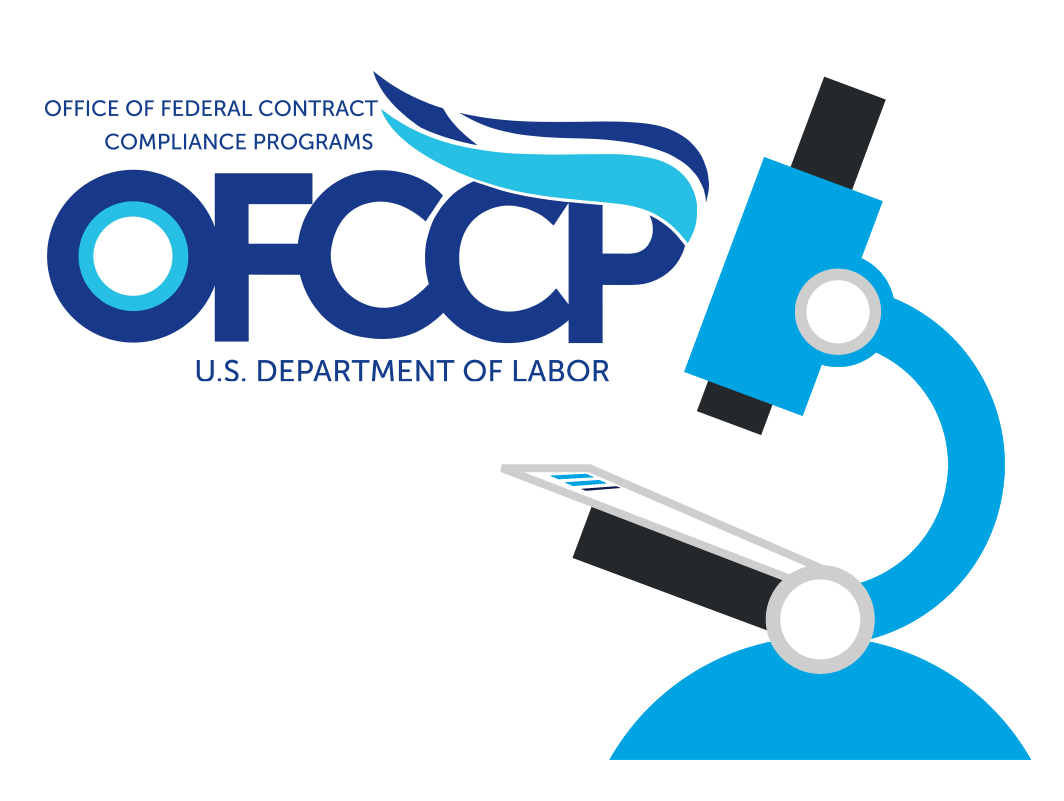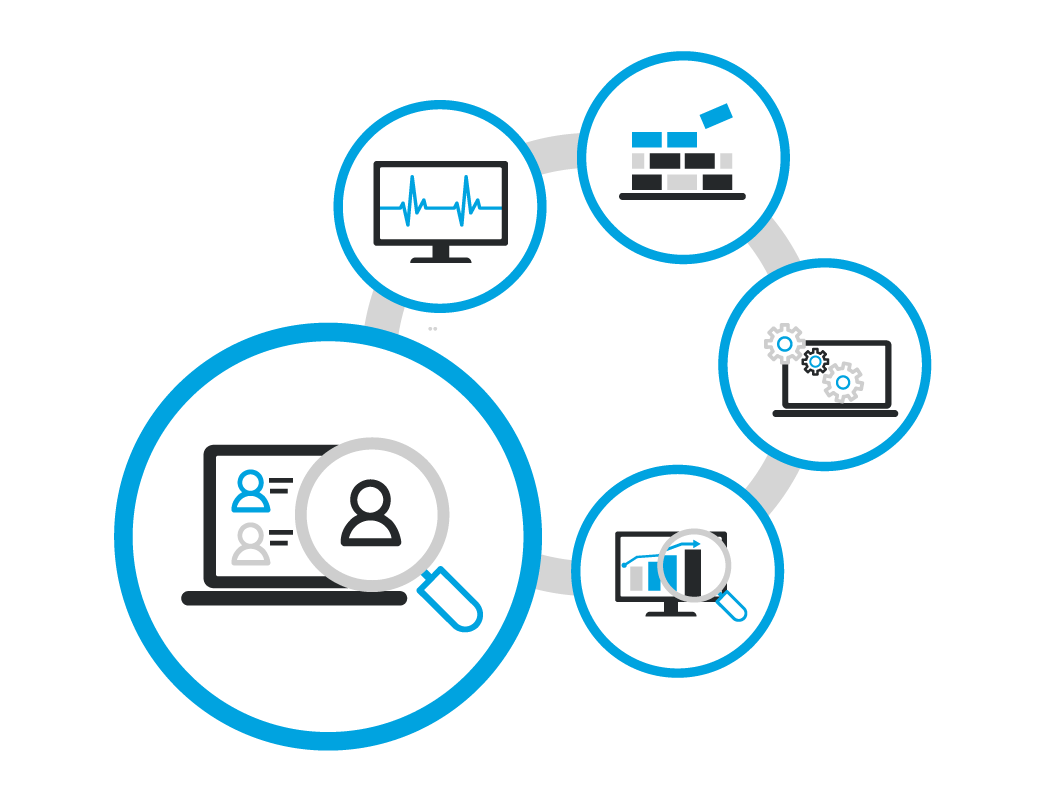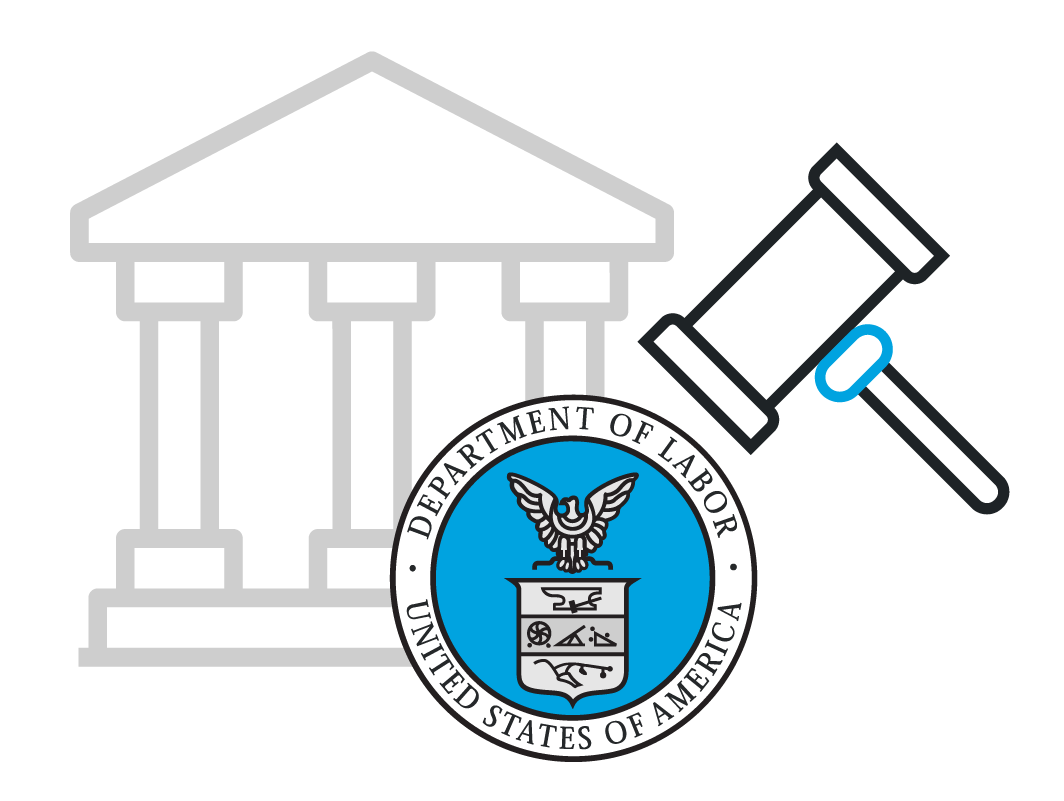
2 minute read
A recent discussion hosted by the law firm Baker Mackenzie provides employers with some critical insights concerning data collection, privacy, and Diversity, Equity, & Inclusion (DE&I) initiatives. In this brief post, Trusaic will convey some of the panelists’ recommendations, while adding several of our own.
Why the focus on DE&I and data privacy? In a recent blog post entitled “Outlook: Diversity, Equity, Inclusion, & Access (DEI&A) in 2021,” Trusaic highlighted how 2020 was, in many ways, a banner year for new DE&I employer obligations across the United States. Yet, in today’s economy, effective compliance is increasingly dependent upon data. Anna Brown, Director of Global Diversity & Inclusion for Baker Mackenzie, says data is the bedrock of all DE&I considerations. Data, Ms. Brown observes, is “key to telling the story, understanding the organizational picture, measuring outcomes and progress, and of course formulating goals.” For this reason, just as organizations must be clear concerning their DEI&A goals, so too must they solidify their strategy concerning data collection, consolidation, cleansing, and analysis.
Emily Harbison, a partner at Baker Mackenzie, offers up some best practices for data collection. First, employee-level data collection should be voluntary and anonymous. Failing to do so risks running afoul of data privacy laws, in addition to being a potential deterrent to data collection. If employees do not trust the purpose of the data collection initiative, they may not respond or may not provide accurate responses. Skewed responses could, in turn, detract from reliable goal-setting. Luckily Harbison provides some tips for collecting employee DE&I data, such as race, ethnicity, gender, sexual orientation, and other factors. Employers should be transparent about why they are requesting such data. An opaque data request is likely to be met with skepticism. Employers should consider having a trusted figure request the data–such as the Director of Diversity. Finally, employers should make clear that the data will not be used unlawfully as the basis for employment decisions, such as assigning work or determining pay.
Susan Eandi, partner, discussed the import of a cohesive data collection strategy where organizations operate transnationally. Specifically, she advised that employers consider protected classes across the jurisdictions in which they operate. Over the summer, Trusaic took its PayParity Post readers on a world tour of pay equity laws. As that survey makes clear, compliance across borders is a patchwork quilt. Adopting a one-size-fits-all approach will inevitably result in taking on unnecessary legal risk. In fact, the same can be said for U.S. based employers operating in multiple states. Without substantial updates to the federal Equal Pay Act of 1963, such as the proposed Paycheck Fairness Act, state legislatures are taking matters into their own hands–creating compliance headaches for national employers in the process. In sum, collecting DE&I data in the U.S. and abroad should be done in conjunction with a clean data expert with regulatory expertise.
Ultimately, clean data owns the future. Businesses that can most effectively leverage their data for their strategic goals will be the most successful in the coming years. DE&I data is no exception.



